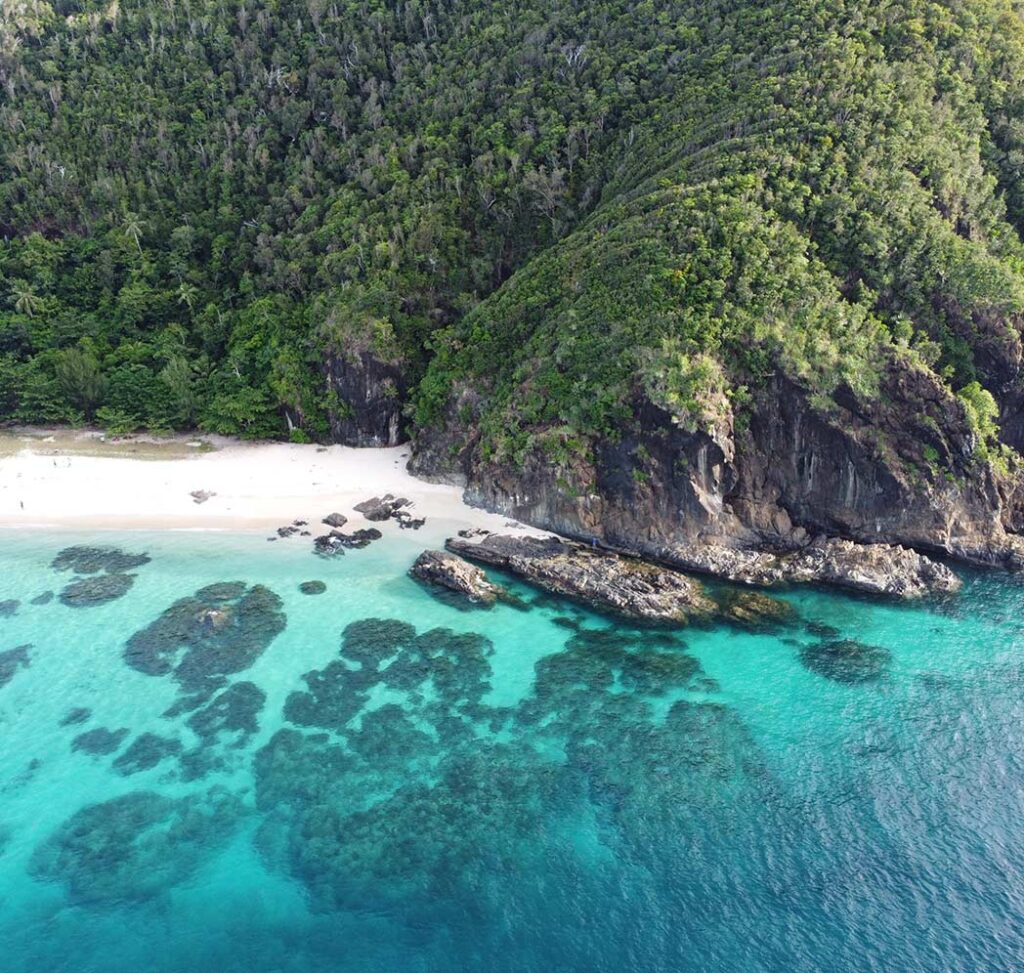
Homonhon & Manicani Islands
Homonhon and Manicani Islands are two of the five major islands in the Municipality of Guiuan, Province of Eastern Samar. The strategic location of the islands played significant role in the country’s rich history, culture and tradition. Homonhon Island offered sanctuary to the Magellan-Elcano expedition in March 17, 1521 while Manicani Island became a garrison of allied forces during world war II.
Greater Mindanao
Belonging to the Greater Mindanao bioregion that hosts diverse floral and faunal species, the islands of Manicani and Homonhon became home to endemic and critically endangered species such as Philippine Cockatoo, Blue-napped Parrot, Yakal-Kaliot, Gisok, and Dalingdingan including the least concerned to threatened species listed by the International Union for Conservation of Nature (IUCN), Department of Environment and Natural Resources (DENR) and Department of Agriculture-Bureau of Fisheries and Aquatic Resources (DA-BFAR).
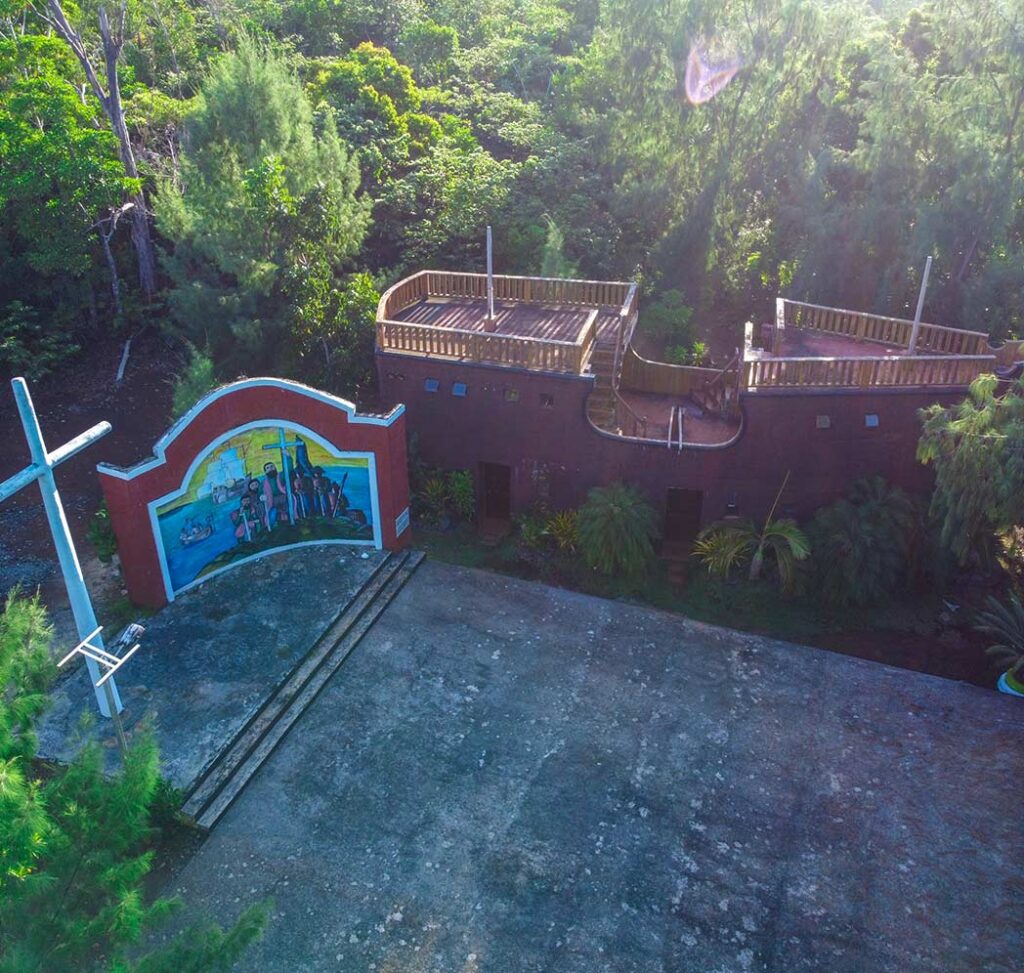
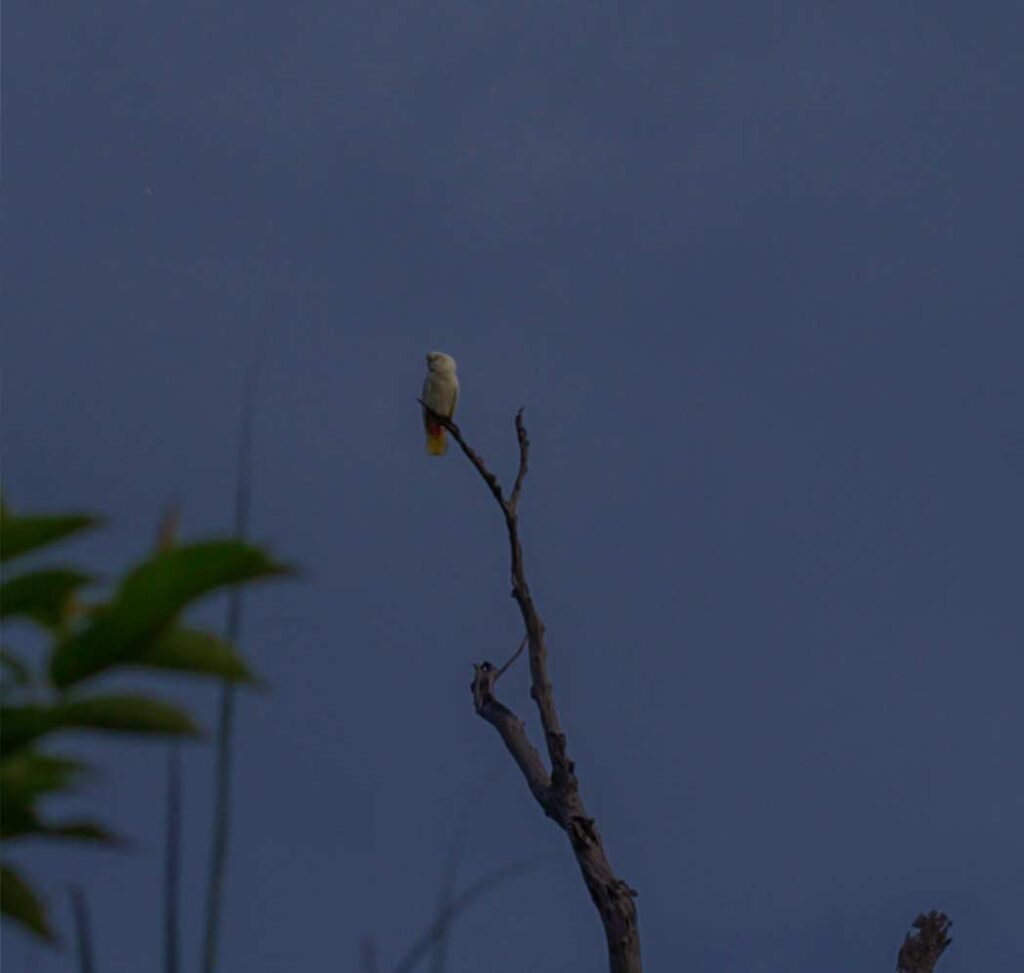
Typhoon Haiyan
On November 08, 2013 the two islands are will again be in history book, as super typhoon Haiyan (Yolanda) the costliest and the 2nd deadliest Philippine typhoon made its first landfall in Guiuan. As a result, people including animals perished, houses mostly were totally damaged, plants and trees defoliated and uprooted, coastal and marine ecosystems heavily disturbed with rubbles and silt, and means of livelihood wiped-out and non-functional.
Integrated Island Rehabilitation
The network of the Philippine-Misereor Partnership, Inc. through the support of Misereor and cooperation of the Diocese of Borongan initiated an emergency and early recovery program which later became a 3-year integrated island rehabilitation and development project in partnership with the municipal government and the 12 barangays of Homonhon and Manicani islands. From the gains of the 3-year project, another 2-year focused on mentoring and capacity building of organized groups for disaster resiliency and livelihood improvement.
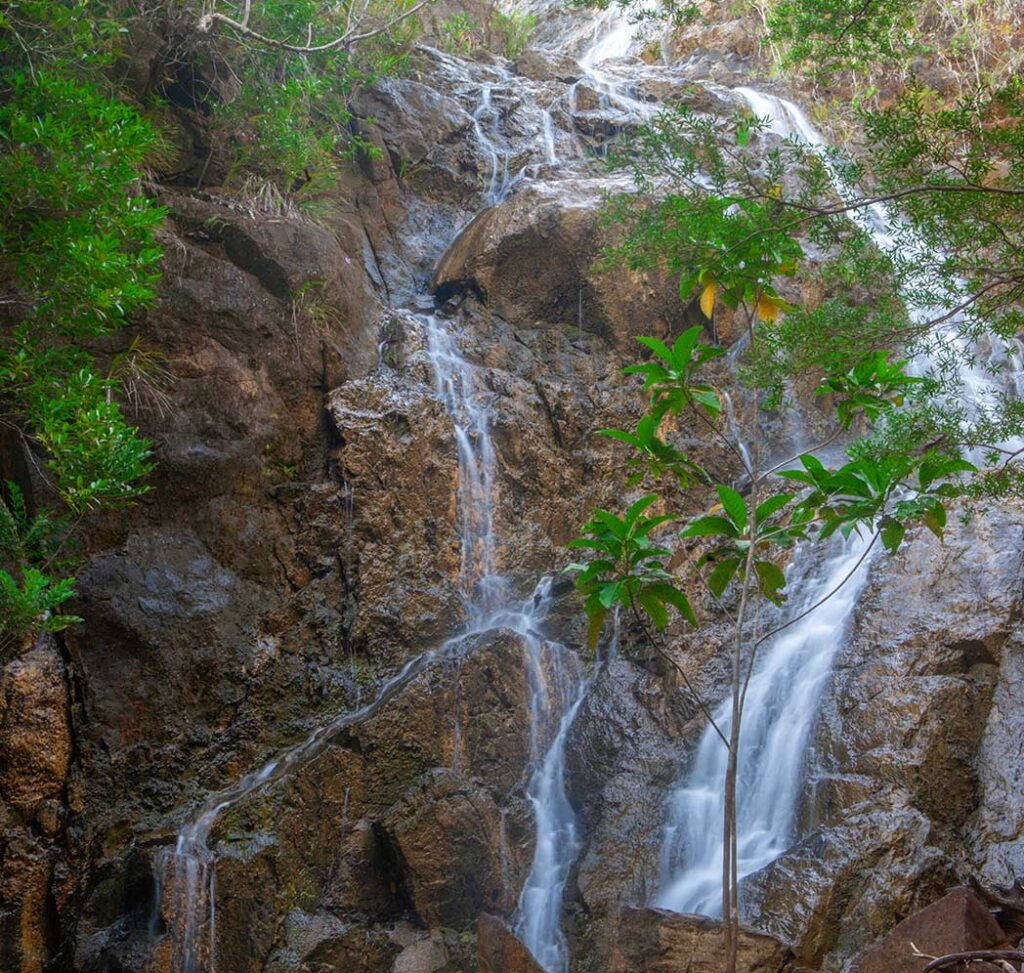
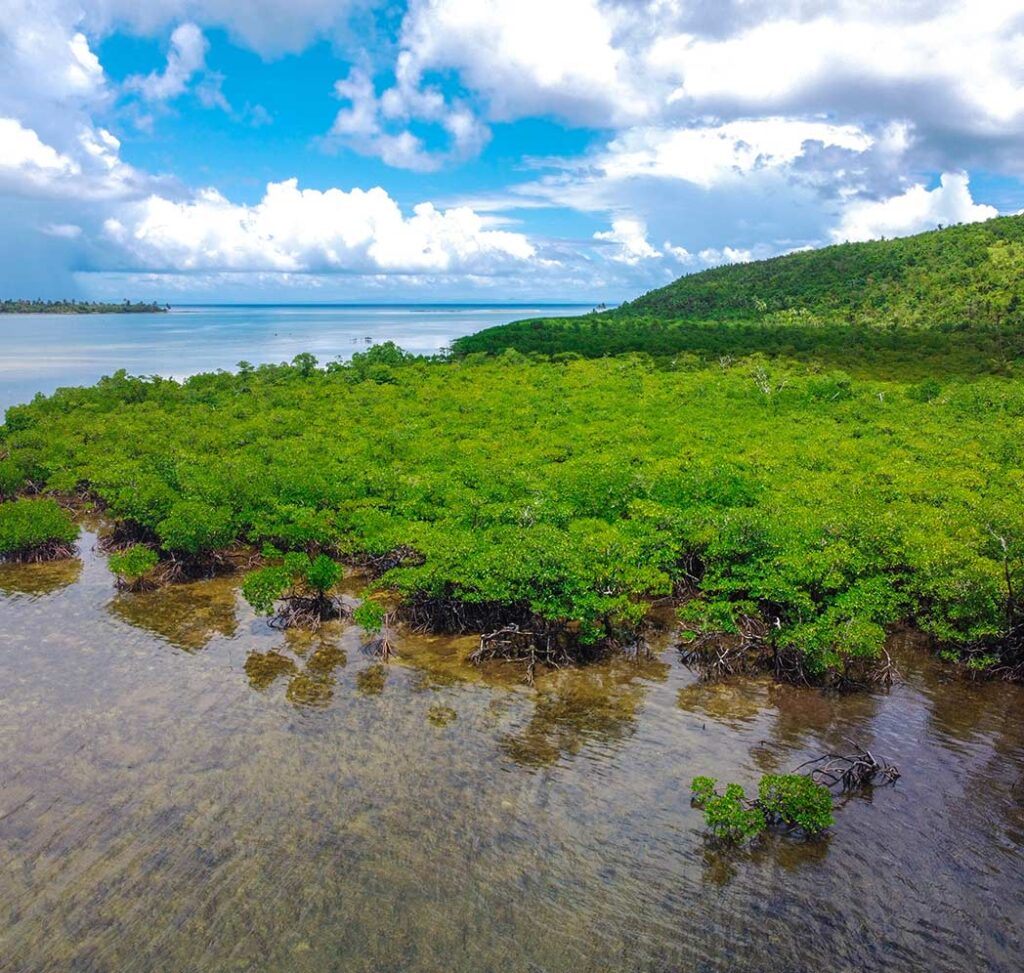
Acknowledging The Diversity
Acknowledging the diversity and tourism potential of the islands, a community-based ecotourism project was initiated. The Ecotourism Development Project is an integrated approach to community participation for disaster resiliency, conservation and protection and livelihood generation. The project aims to develop the capacities needed by individuals, community organizations and the whole community towards improving their disaster resilience capacity and reduce the likelihood and scale of food insecurity when hazards strike. Likewise, ensuring that the integrity of the environment is not compromised while generating economic opportunities for the communities.